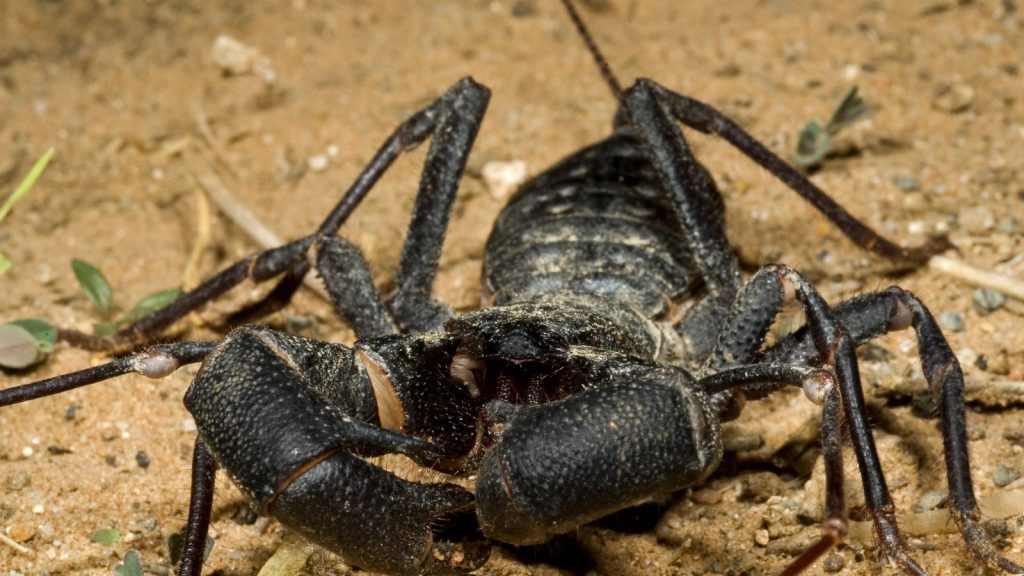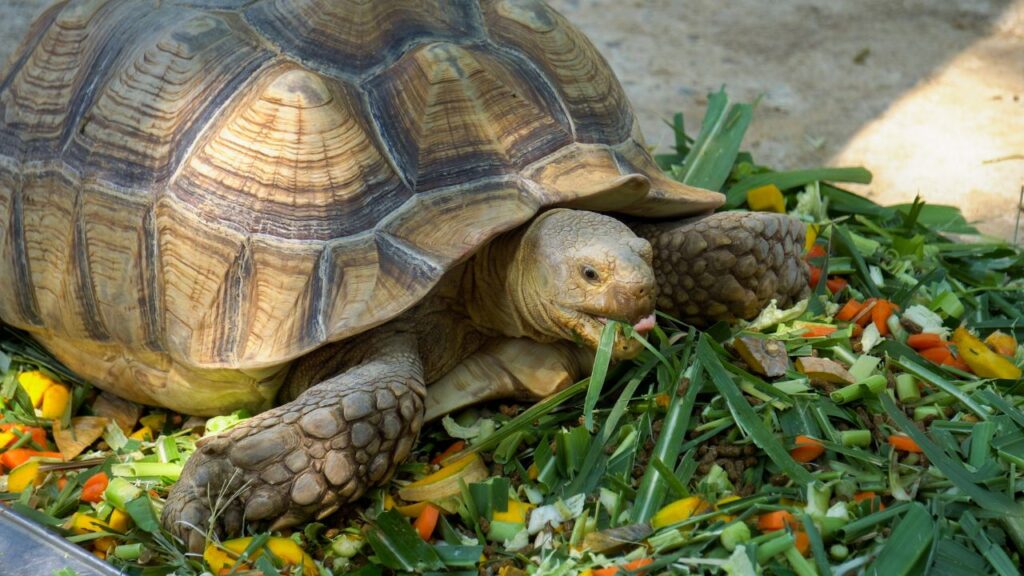Arthropods have been around for over 500 million years, surviving multiple mass extinctions and adapting to countless environmental changes. These resilient creatures, with their jointed legs and hard exoskeletons, have proven to be some of the most successful animals on Earth. While many ancient arthropod species have long since disappeared, some have remained remarkably unchanged for millions of years. These living fossils offer us a glimpse into prehistoric times and help scientists understand how life has evolved on our planet. From deep-sea dwellers to land-lubbers, here are 14 ancient arthropods that continue to thrive in the modern world.
Horseshoe Crab
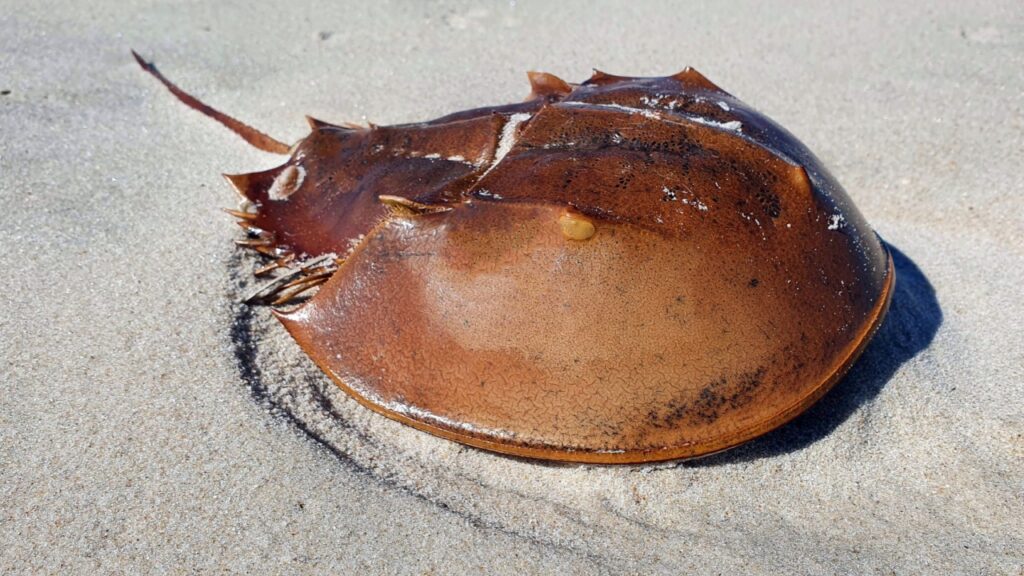
Horseshoe crabs have been around for over 445 million years, earning them the title of “living fossils”. These strange-looking creatures are more closely related to spiders and scorpions than to true crabs. Their blue blood contains a substance used to test the sterility of medical equipment, making them incredibly valuable to the medical industry.
Velvet Worm
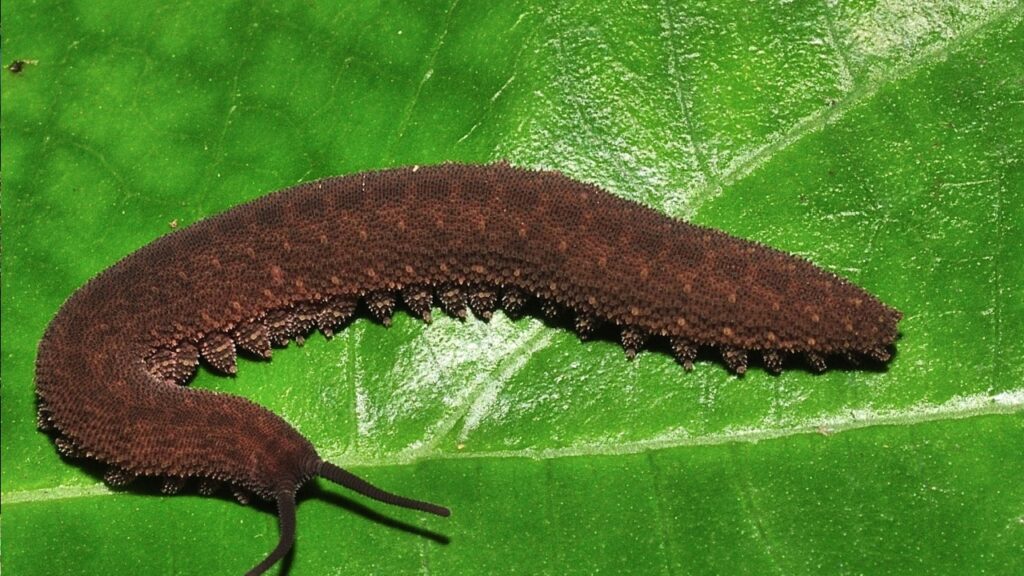
Despite their name, velvet worms are not actually worms but ancient arthropods that have existed for about 500 million years. They have changed little since the Cambrian period and are considered a missing link between annelids and arthropods. Velvet worms hunt by spraying a sticky slime from glands on their heads to immobilize their prey.
Triops
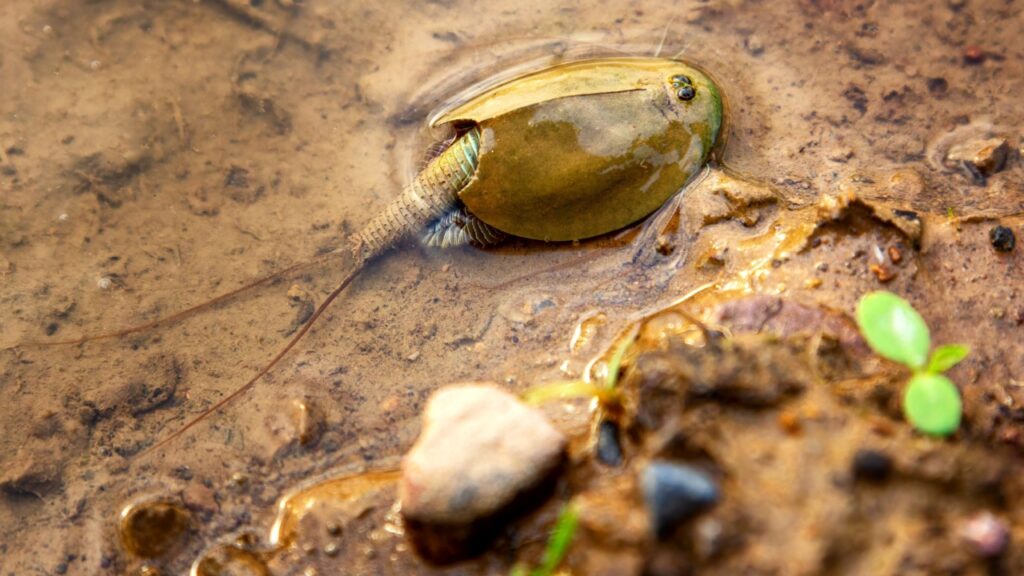
Often called “dinosaur shrimp,” Triops have remained virtually unchanged for 300 million years. These small crustaceans can be found in temporary pools and puddles worldwide. Their eggs can survive for years in dry soil, hatching when conditions become favorable.
Giant Isopod
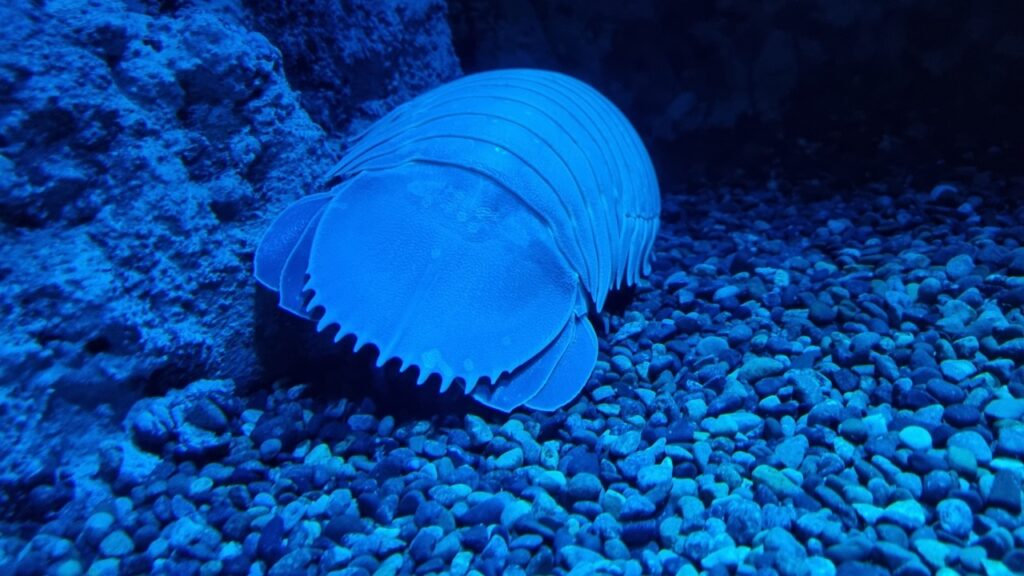
Giant isopods are deep-sea relatives of pillbugs and have been around for about 160 million years. These creatures can grow up to 16 inches long and scavenge the ocean floor for food. Their large size is an example of deep-sea gigantism, an adaptation to the extreme pressures of their environment.
Tadpole Shrimp
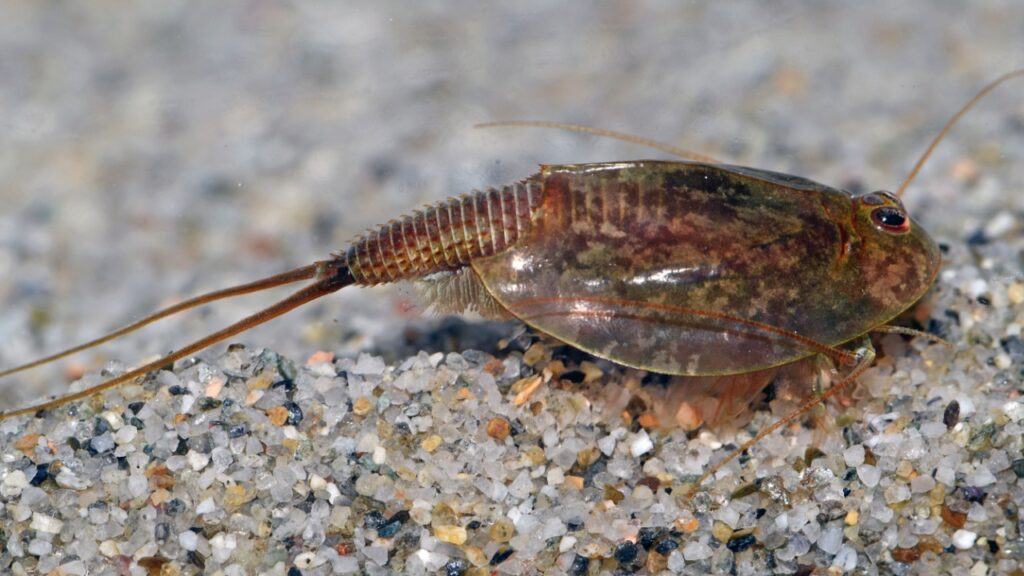
Tadpole shrimp, or notostracan, have been around for at least 250 million years. Like Triops, they inhabit temporary water bodies and their eggs can survive long periods of drought. Some species can reproduce through parthenogenesis, meaning females can produce offspring without mating.
Martialis Heureka Ant
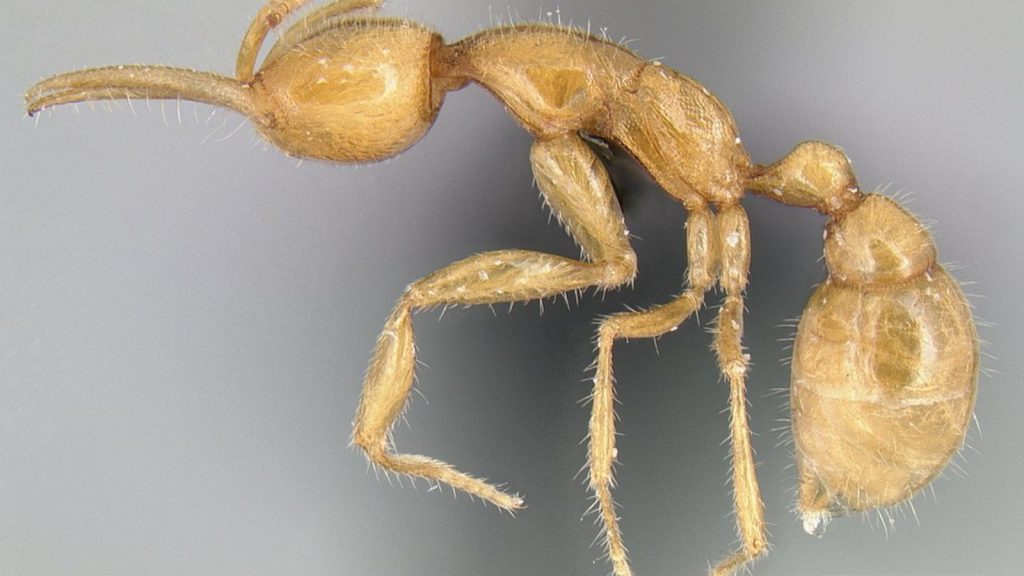
Discovered in 2000, the Martialis heureka ant is considered one of the oldest living ant species. Its name means “ant from Mars” due to its bizarre, primitive features. This blind, subterranean ant represents a living link to the early evolution of ants.
Fairy Shrimp
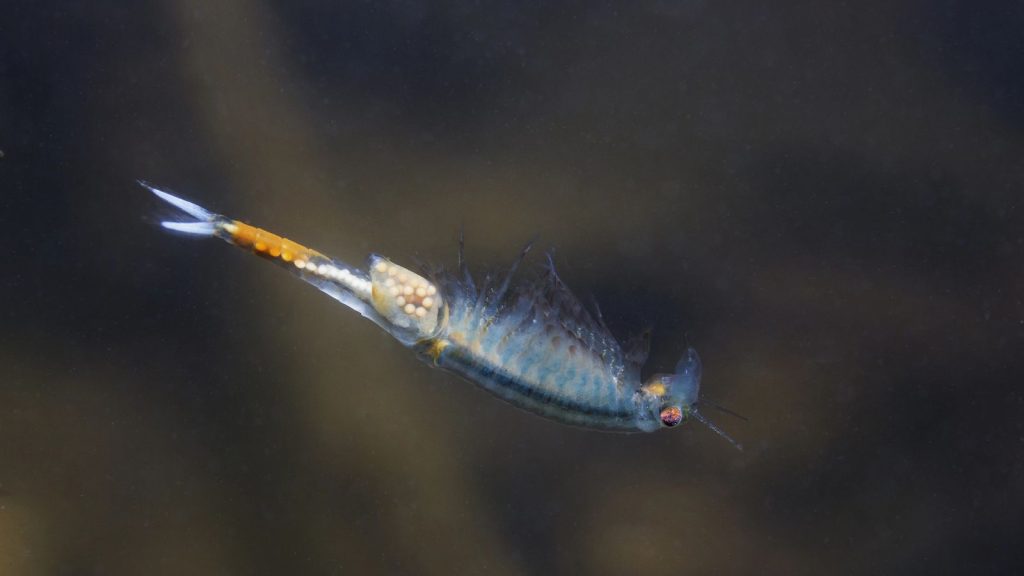
Fairy shrimp have inhabited temporary water bodies for about 330 million years. Like Triops, their eggs can survive long periods of drought. These delicate-looking crustaceans swim upside down and are an important food source for many birds and amphibians.
Oroperipatus
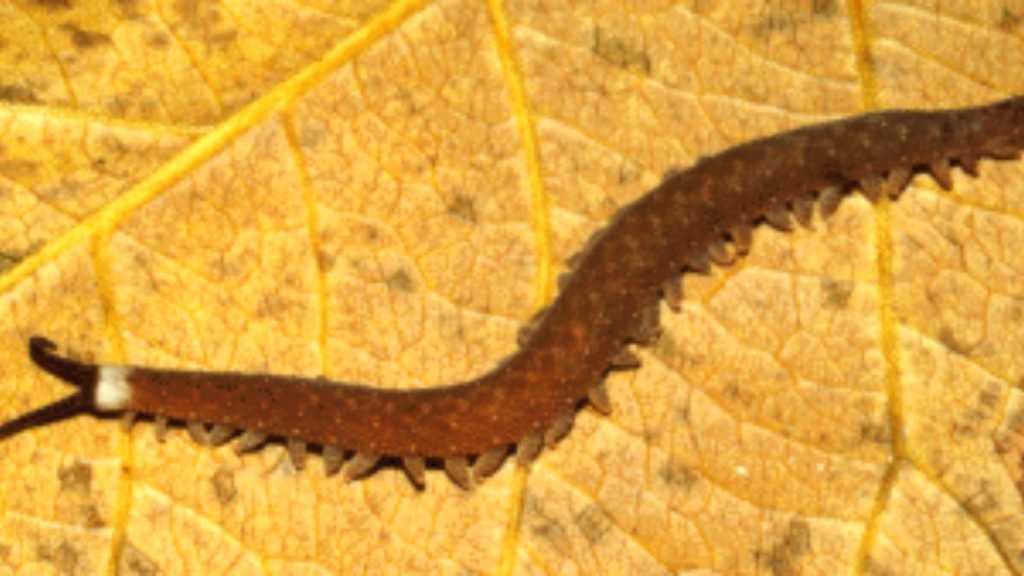
Oroperipatus is a genus of velvet worms found in Central and South America. Like other velvet worms, they have changed little over the past 500 million years. These creatures play an important role in their ecosystems as both predators and prey.
Thermosbaenacea
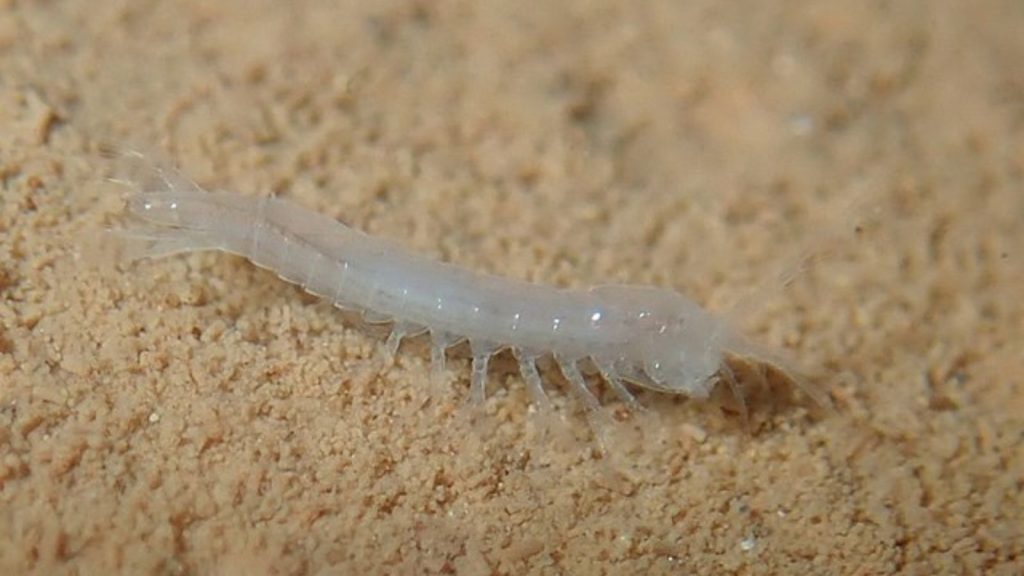
Thermosbaenacea is an order of small crustaceans that have existed for about 160 million years. These tiny creatures live in hot springs and underground waters. Despite their long evolutionary history, they were only discovered in the 20th century, highlighting how much we still have to learn about Earth’s ancient lifeforms.
Tardigrade
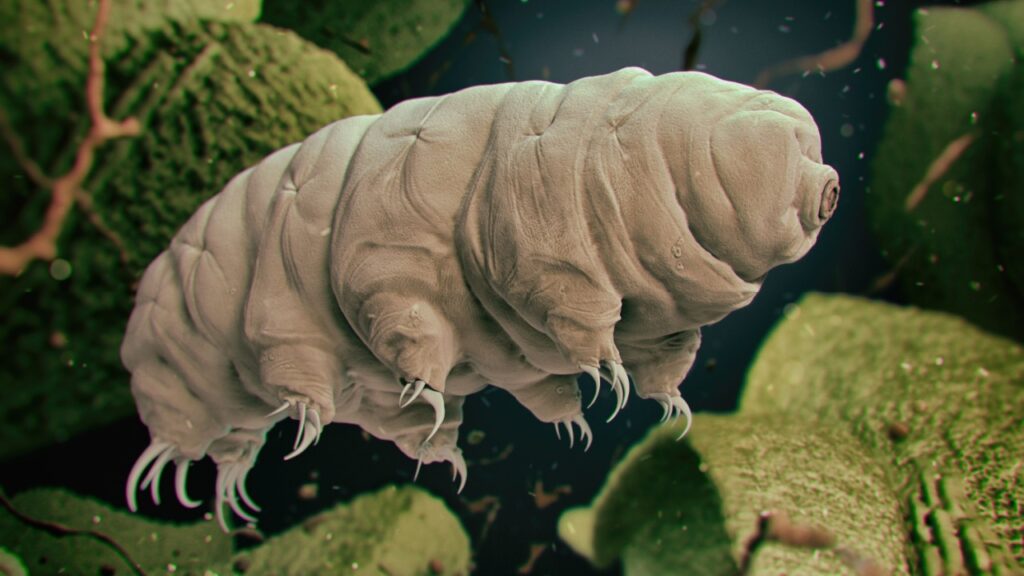
Tardigrades, also known as water bears, have been around for about 530 million years. These microscopic animals can survive extreme conditions, including the vacuum of space. Their resilience and ancient lineage make them fascinating subjects for scientific study.
Gladiator Insect
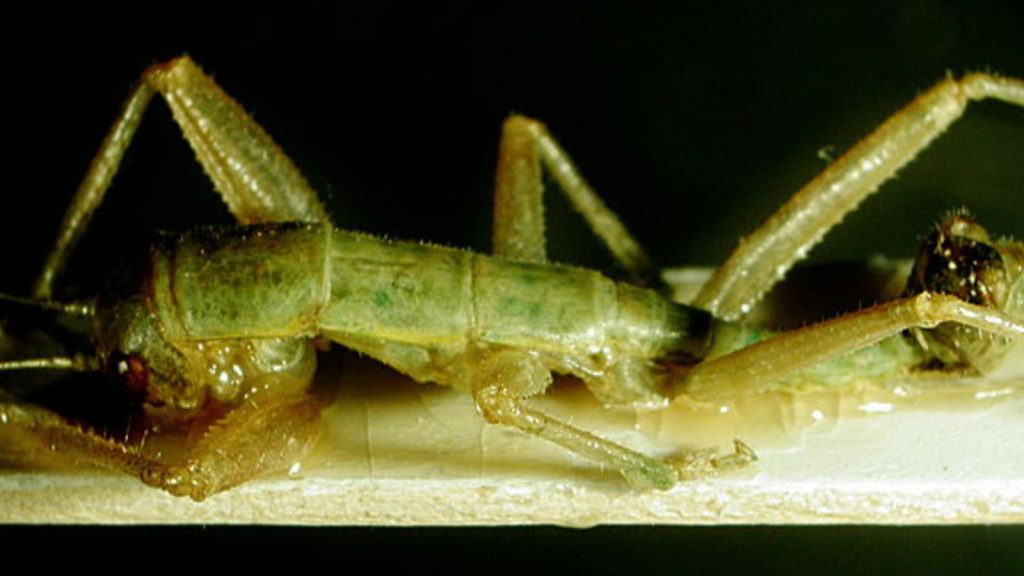
The gladiator insect, or heelwalker, belongs to an ancient order called Mantophasmatodea. This order was thought to be extinct until living specimens were discovered in 2001. These insects represent a unique branch of insect evolution that has survived for millions of years.
Collembola (Springtails)
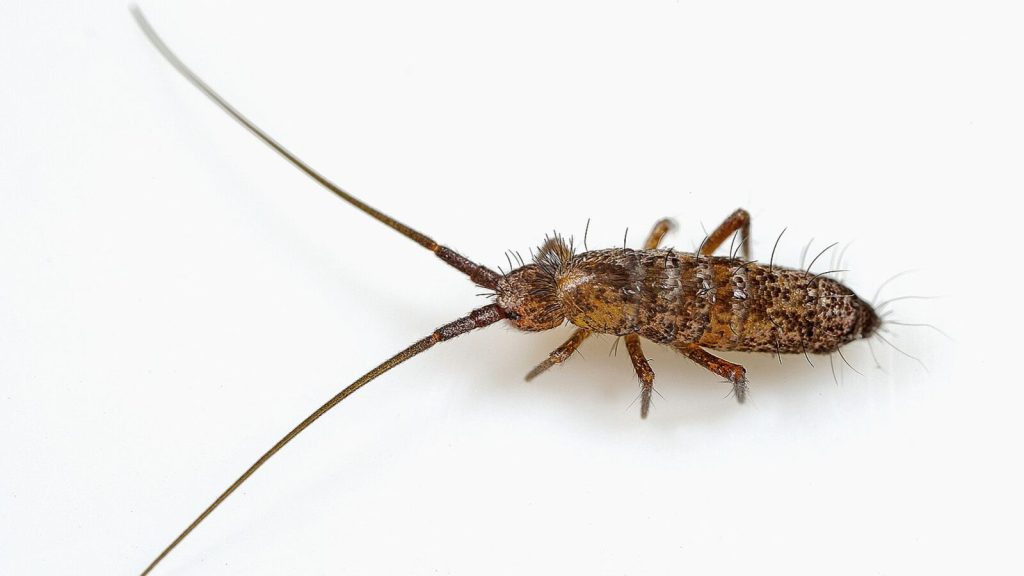
Springtails are tiny, wingless arthropods that have been around for at least 400 million years. They’re found in soil worldwide and play crucial roles in decomposition and nutrient cycling. Despite their ancient origins, springtails are incredibly abundant and diverse.
Dragonflies
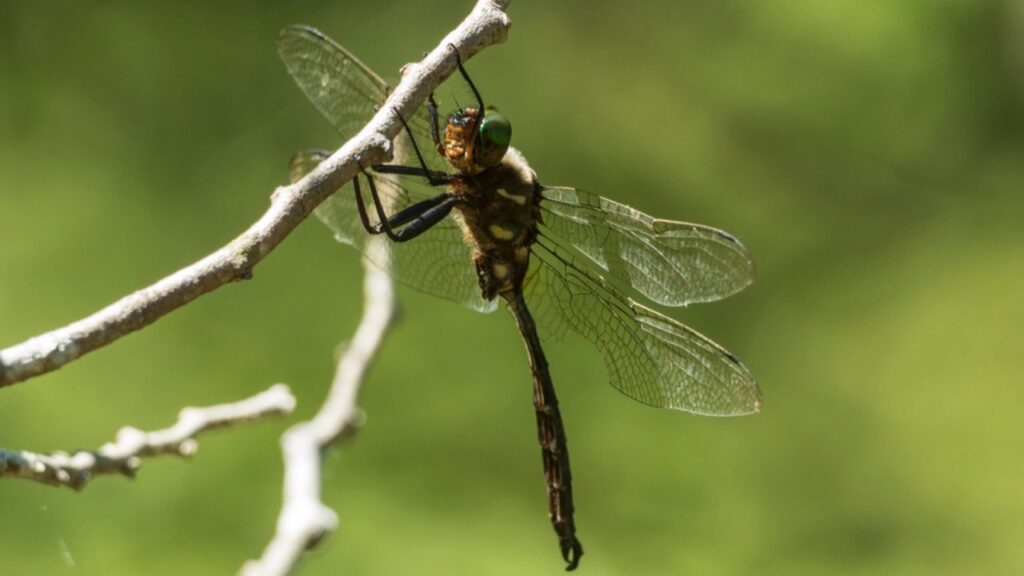
While modern dragonflies aren’t exactly the same as their ancient ancestors, they’ve retained many primitive features. Dragonflies have been buzzing around for about 300 million years, and some prehistoric species had wingspans of up to 2 feet!
Whip Scorpion
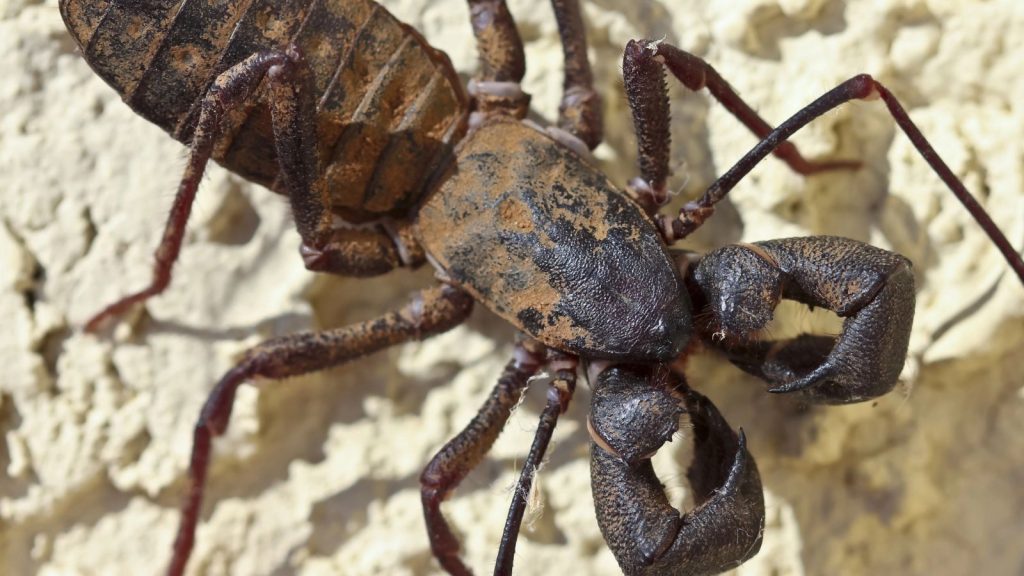
Also known as vinegaroons, whip scorpions have existed for about 380 million years. These arachnids spray acetic acid (vinegar) as a defense mechanism. Despite their fearsome appearance, they’re harmless to humans and play important roles in their ecosystems.

